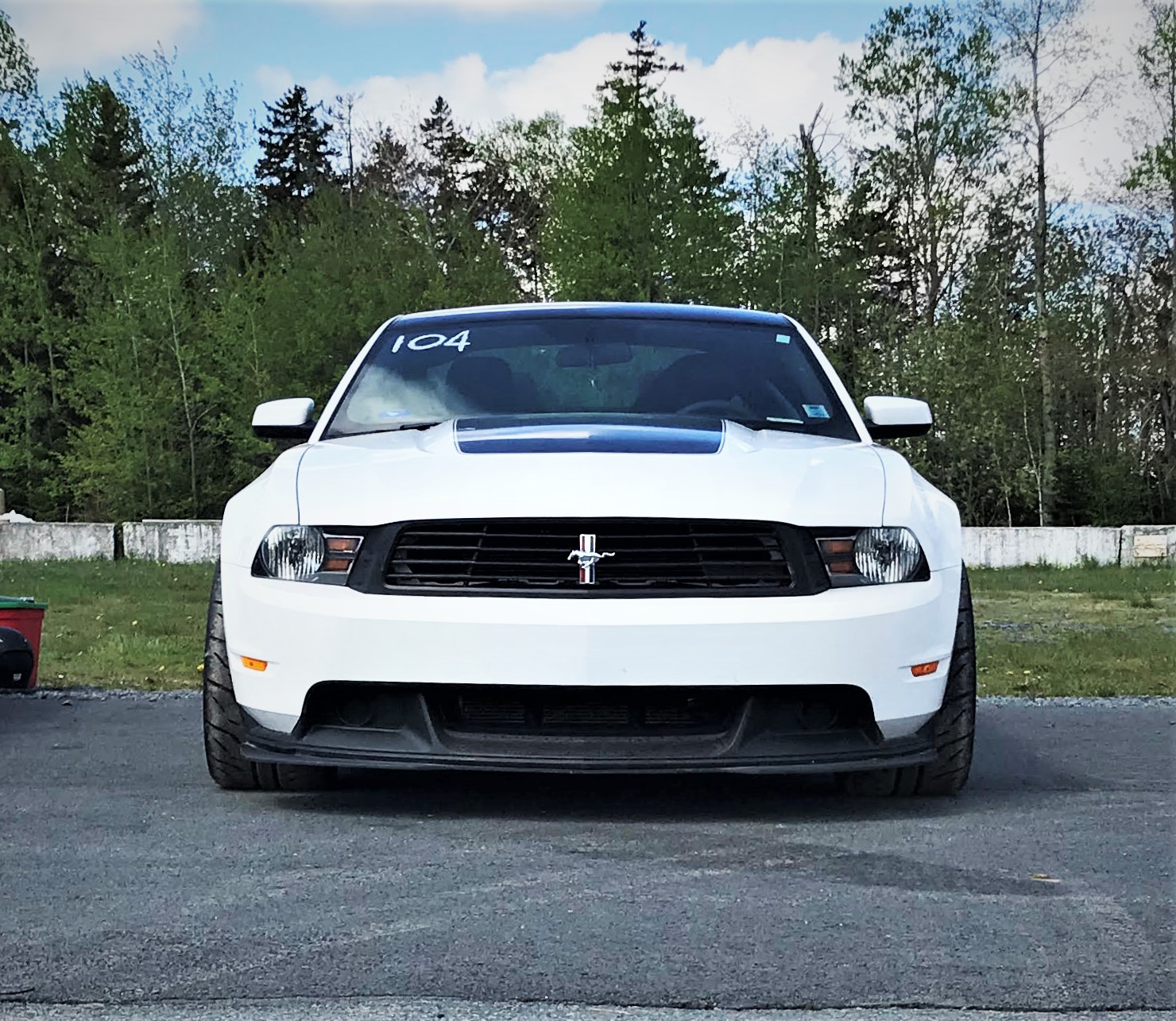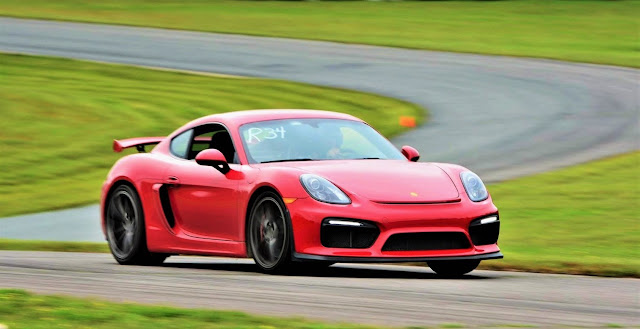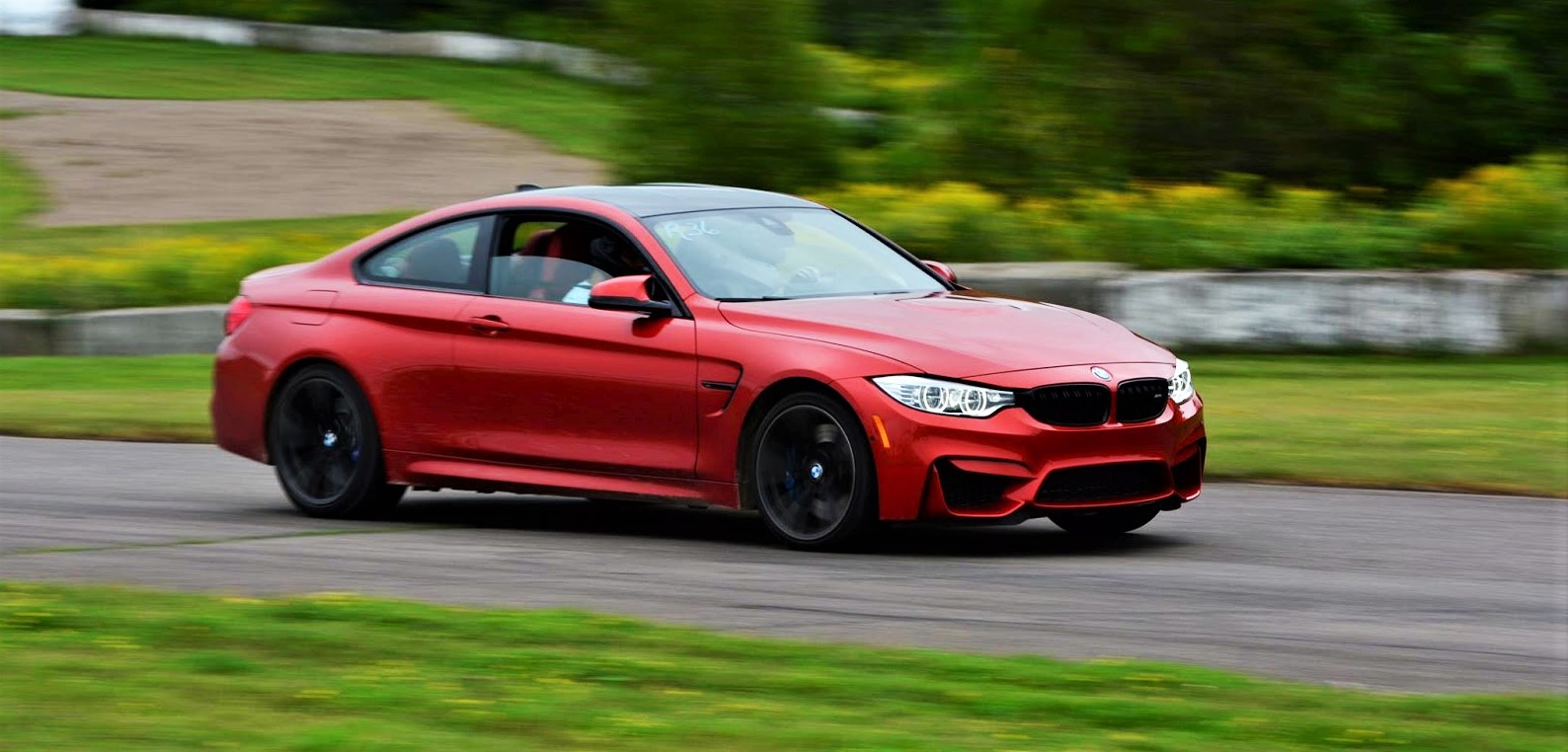This week, Chevrolet introduced the convertible version of the highly anticipated, C7 Corvette Z06. Yes, the Z06 will be available with a drop top. A power operated tonneau cover will be offered that is identical to the one offered on the standard stingray. The top will be offered in four colours and can be operated up to speeds of 30 mph. It features a thick fabric top with sound absorbing padding and a glass rear window to provide a quiet cabin.
This is guaranteed to upset a few die-hard fans. Let's not forget, this is a car that used to be exclusive to a very specific group of people. The Z06 was not offered with a convertible top since the very first Z06 - the 1963 Corvette Stingray. According to GM records, 199 C2 Corvettes with the Z06 package were sold, only one of which was a convertible. However, the C5 and C6 Z06's being offered only as coupes and without an automatic option, they excluded many Corvette buyers who may have wanted extra oomph or bragging rights. GM is well aware of this. At the release of the convertible Z06, Chief engineer Tadge Juechter said: "Some hard-core owners liked the idea that it was track-specific, only manual transmission, and you had to be pretty macho to step up and buy one. It created a little bit of an exclusive club. But we are in the business of selling cars to people who love cars, not creating clubs to exclude people." While I like the idea of a more exclusive, track oriented model, I think it's a great move.
So what do you get when you check the box for a convertible top? Well, you get all the goodies that are found on the coupe plus the opportunity for open air experience on those nice days. These include:
- Flared fenders to accommodate larger, wider wheels and tires for more grip. All Z06 cars are equipped with P285/30ZR19 front, and 335/25ZR20 rear tires.
- Standard Z06 models come with Michelin Pilot Super Sport tires while those with the Z07 package come with Michelin Sport Cup 2 tires.
- Larger vents provide more cooling air to the engine, brakes, transmission and differential for increased track capability.
- Lightweight, spin-cast aluminum wheels - 19 x 10 inches in front and 20 x 12 inches in the rear.
- Two-piece steel rotors, measuring 14.6 x 1.3-inch (371 x 33 mm) front and 14.4 x 1-inch (365 x 25 mm) rear, with aluminum six-piston and four-piston fixed calipers, respectively.
- The Z07 package adds larger, 15.5 x 1.4-inch (394 x 36 mm) front and 15.3 x 1.3-inch (388 x 33 mm) carbon ceramic-matrix brake rotors for consistent performance lap after lap. They collectively save 23 lbs (10 kg) over the standard Z06 rotors.
- Both Z06 coupe and convertible will be available with one of three, increasing levels of aerodynamic downforce:
- The standard Z06 features a front splitter, spats around the front wheel openings, a unique carbon-fibre hood with a larger vent, and rear spoiler,
- An available carbon-fibre aero package delivers aerodynamic downforce four times greater than the standard Z06. It adds a carbon fibre front splitter with aviation-style winglets, carbon fibre rocker panels, and a larger rear spoiler with a fixed wickerbill – a small, vertical tab at the edge of the spoiler that significantly increases downforce. The package is available in black or a visible carbon-fiber finish
- The available Z07 package adds larger winglets to the front splitter, along with an adjustable, see-through center section on the rear spoiler enabling customers to tailor the aerodynamics to their preference.
Compared to the Corvette Stingray, the Corvette Z06 fenders are 2.2 in (56 mm) wider at the front, and 3.15 (80 mm) in at the rear. Those extensions give the Corvette Z06 a wider, lower appearance further emphasized by a unique rear fascia. It incorporates the same taillamp assemblies as the Stingray, but on the Z06 the taillamps are pushed approximately 3 in (76 mm) farther apart, toward to edges of the body.
The convertible top requires minor changes. The air intakes for the differential and transmission cooler had to be relocated from the rear quarter panels to the underbody to accommodated the tonneau cover. The only structural differences are the provisions for mounting the power folding top and repositioned seat belt mounts.
Unless you are looking for the last few tenths on a track, you don't need to worry about structural rigidity either. This Z06 convertible is 20% stiffer than the last (C6) Corvette Z06. Tadge, the chief engineer, assures that the Corvette Z06 convertible is the variant on which all the engineering work was based. "With the big wheels and tires, high braking forces, stiff springs, stiff bars, aggressive shock valving—all those things that contribute to higher loads in the chassis—this is actually the model that drove a lot of the C7's structural requirements in terms of durability, ride comfort, performance, and track worthiness."
The new Z06 convertible shouldn't only attract new fans, but it could also save couples a few arguments. At the release, Tadge said: "I know many, many customers who, between a couple, couldn't agree on a Z06 because one of the two didn't want a manual transmission or one wanted a convertible for the parade or Friday-night rides or whatever. They just could not agree."
What do you think? Would you consider a convertible Corvette Z06? Do you think it's a good idea to offer the Z06 as a convertible or Chevrolet should have kept it as a coupe only? Let me know what you think in the comments below!
















Comments
Post a Comment